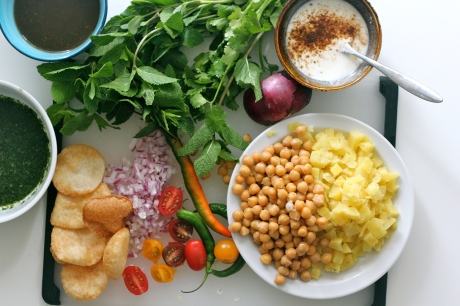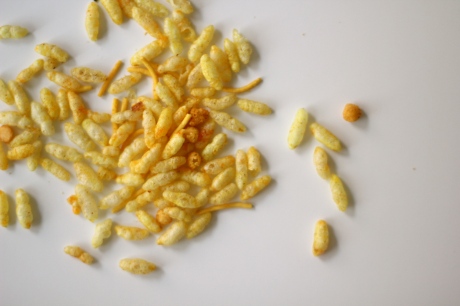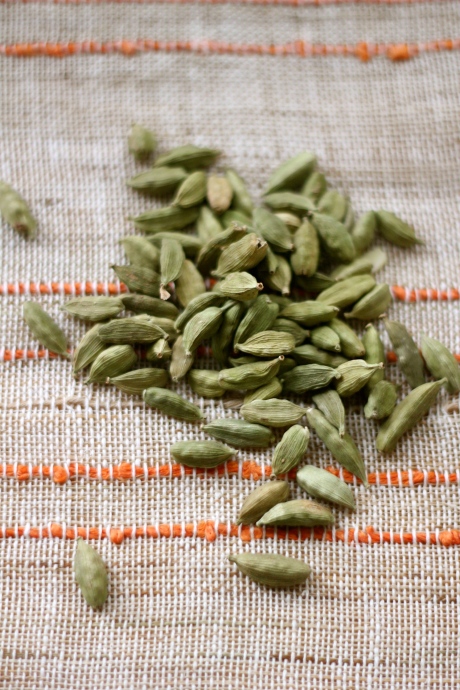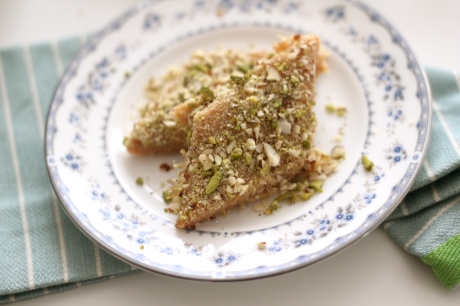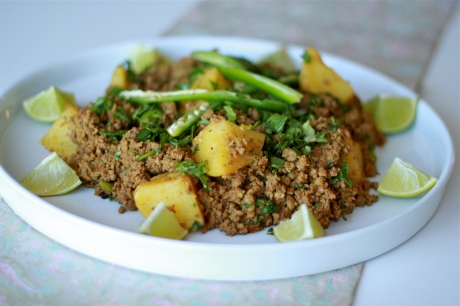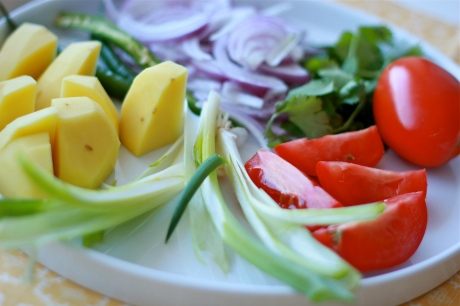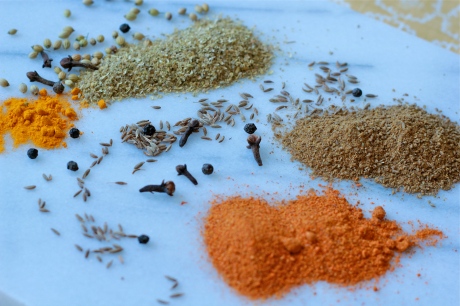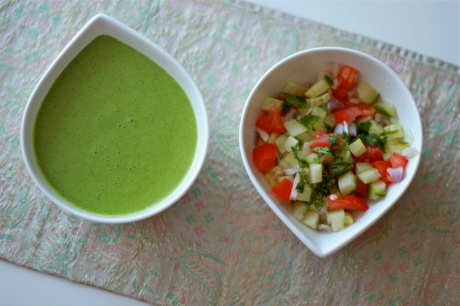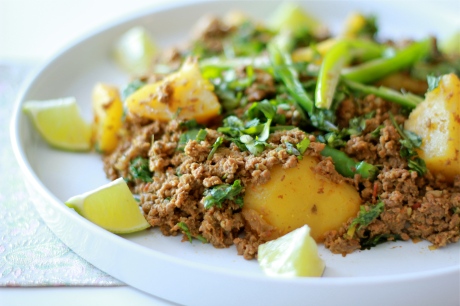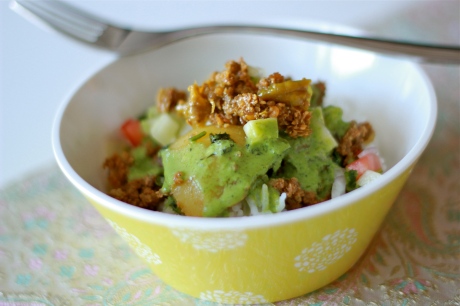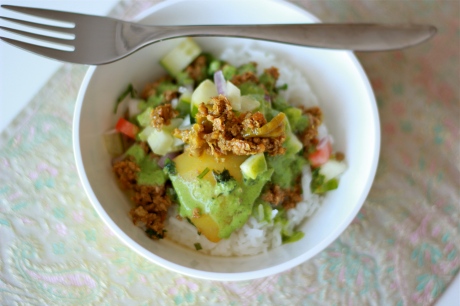I am a clean freak. Honestly, I have a problem. I cannot tolerate any dishes in the sink, any sort of mess. I get grossed out way too easily. It’s funny because as I’m getting older the less tolerance I have for uncleanliness. The reason I mention this is because it is getting increasingly difficult for me to eat street food. My husband and I went to Thailand and I couldn’t bring myself to eat ANY of the street food. I look at photos of Thai street food and it looks so delicious. But in the moment I failed myself! This is such a pity because I love street food and hole in the wall places wherever they are in the world (as long as they are clean).
In Toronto we have a small section of the city called Little India. I have not been too much, because Pakistani or Indian food is something I can eat at home. But there is a whole experience to going and sitting on a plastic chair or a picnic table and eating foods like papri chaat, gol guppay, tikkas, and naan. My husband and I ventured to Little India to get some chaat a few years ago and I really think we went on a bad day because the places we found were not very good. I’ve heard good things from friends about some places there so I don’t want to be a meanie and bash any place in particular. 🙂
After that trip, I decided to make chaat at home. The ingredients are readily available and it’s actually quite easy to make. I’ve also made chaat at my inlaws’ house many times when they have guests over and not to boast, but it’s always a hit. I like to make it fresh (otherwise it gets soggy) so I make it in batches and people have no patience to wait for me to finish the next tray of chaat. While I am making a new batch they start reaching into the serving dish. In situations like this I just zip my lips. But despite this slight annoyance I should take this as a compliment. My chaat is just THAT delicious. 😉
Ingredients
(this is a loose recipe and can be adapted to your taste)
Papri (can be found in South Asian grocery stores)
Bhel Puri (can be found in South Asian grocery stores)
1 cup cooked chickpeas
boiled potato, peeled and cut into small cubes, about 1 cup
Tamarind Chutney*
Green Chutney**
Yogurt***
Chaat Masala (can be found in South Asian grocery stores)
chopped red onions
chopped tomatoes, optional
chopped green chilies
chopped cilantro
chopped mint, optional
Method
*Tamarind Chutney is made by heating 3/4 cup of tamarind pulp, 6 pitted Medjool dates, 2 tablespoons chaat masala, 1/2 teaspoon cumin powder, 1 teaspoon red chilli powder (or to taste), 3/4 teaspoon, 1/4 cup sugar on medium heat for 15 minutes and then reducing the heat to low for 45 minutes. Allow it to cool and then blend in a blender until the consistency is smooth. Serve chilled.
**Green Chutney is made by placing 1 cup cilantro leaves and stems, 15 mint leaves, 1 long green chilli, 2 tablespoons water, salt, and black pepper in a blender until very finely chopped. This should resemble a pesto.
***For the Yogurt, take 1 cup of plain yogurt and thin it out with 1/2 cup of water. Add 1 teaspoon chaat masala and salt to taste. Whisk until it looks like thick cream.
To assemble the chaat: Place the papri (wafers) on a serving dish and top with chickpeas, potatoes, yogurt, tamarind chutney, green chutney, red onion, cilantro, chopped tomatoes, mint, green chilies, and sprinkle the dish with chaat masala. Finally, top with some bhel puri. It is best to serve this right away. You can prepare everything in advance and assemble before serving.


